UAH reports another drop in global temperatures for February, following the sharp fall in January.
http://www.drroyspencer.com/2018/03/uah-global-temperature-update-for-february-2018-0-20-deg-c/
It is likely we are just starting to see the effects of La Nina, which began last September. There is generally a lag of between three and six months before atmospheric temperatures are impacted.
Nevertheless, so far La Nina has been a very weak affair, comparable to 2006 when temperature anomalies dipped to about 0.1C.
https://www.esrl.noaa.gov/psd/enso/mei/
What is particularly noticeable this month is how far temperatures have dropped in the NH:
Most predictions suggest La Nina will peter out by the summer:
http://www.cpc.ncep.noaa.gov/products/analysis_monitoring/enso_advisory/
However, we can still expect to see La Nina affecting temperatures for most of this year.


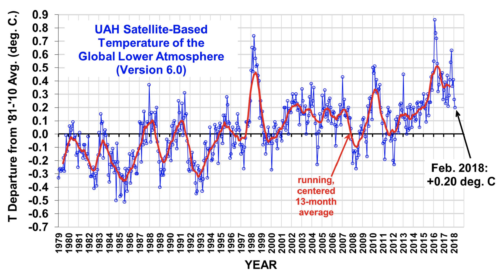
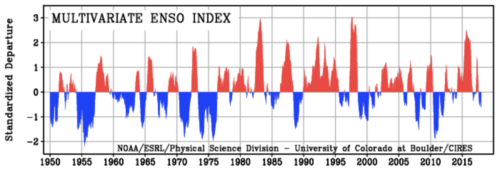
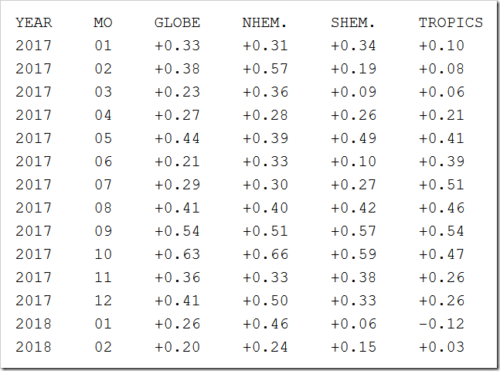
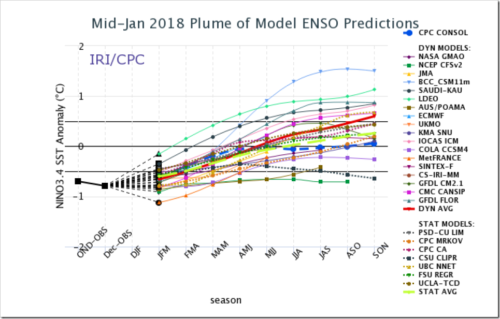









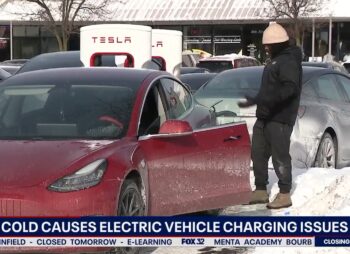





For the last two months, my heating company has reported drastically colder temps compared with the temps from last year. I’d have to look up January, but the one I received the other day reported 16 degrees colder than for the same time period last year. Which of course, caused me to use more fuel, which of course, caused me to generate more CO2. Last snow of the winter last year happened on April 28. Last snow of 2013 happened on May 1-2. For a couple of years in a row, Nebraska and South Dakota had Mothers’ Day snowstorms, but they’ve also received snow later than that. Something is going on – and it’s definitely *not* warming.
And Satellites are more reliable then are the surface dwelling Eco-Wackos holding a lit match to the Themometer